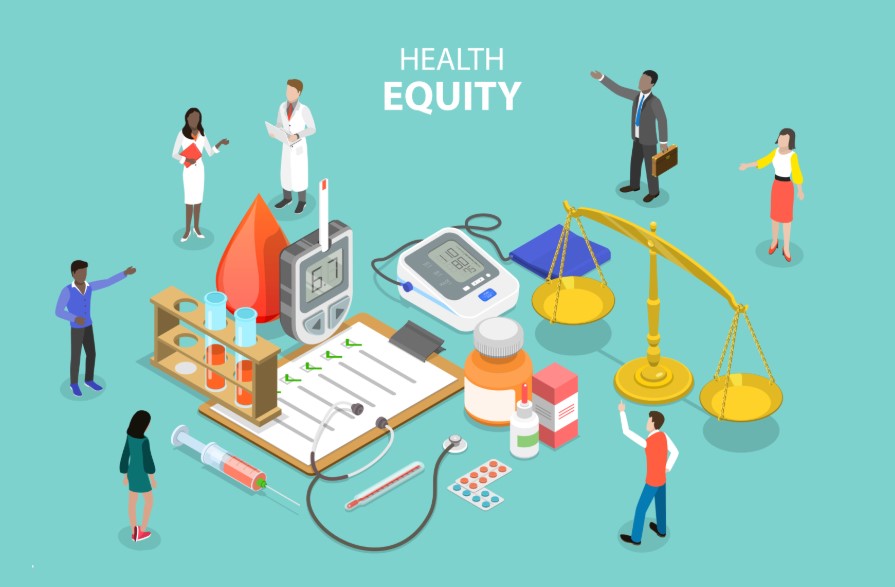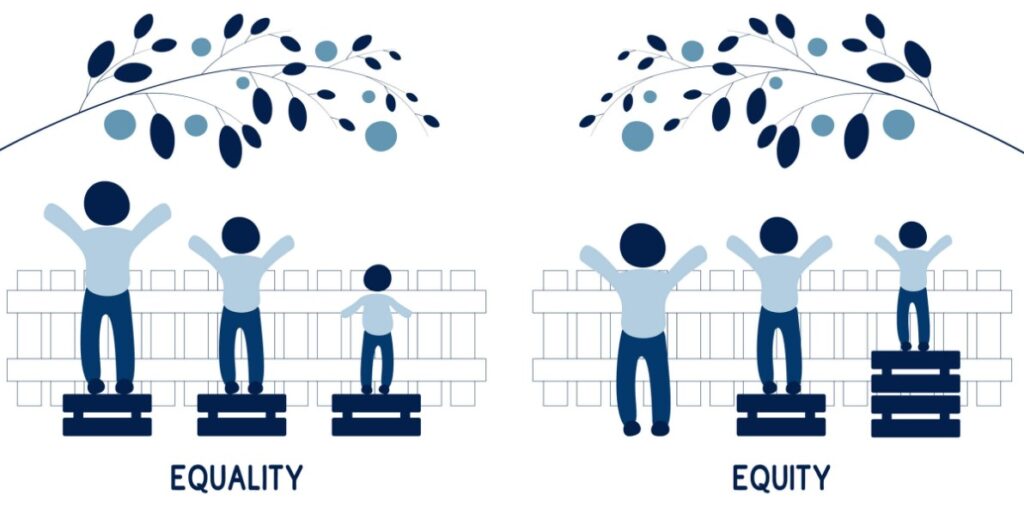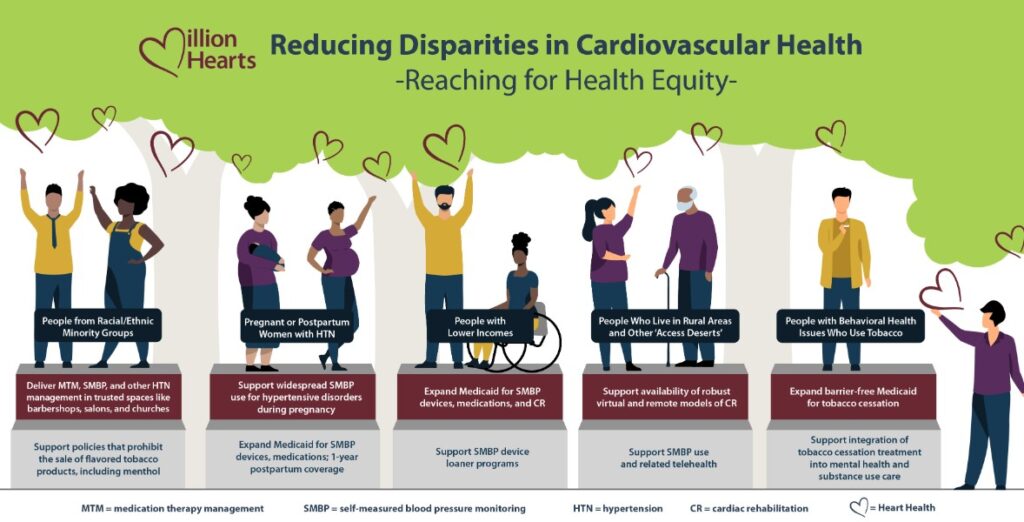
The terms health equity and health equality are often mistakenly used interchangeably, creating confusion in public health discourse. While both aim to improve health outcomes, their approaches and implications differ significantly. Understanding these distinctions is vital for policymakers, healthcare providers, and communities striving to eliminate disparities. This article unpacks the nuances between equity and equality, provides actionable strategies, and highlights real-world successes. For deeper insights into health strategies, explore our Health Boosters blog, your hub for evidence-based wellness content.
Defining Health Equity and Health Equality
What is Health Equity?
Health equity is the principle of ensuring that everyone has a fair and just opportunity to attain their highest level of health. This requires addressing systemic barriers such as poverty, racism, and geographic disparities. For instance, the World Health Organization (WHO) reports that marginalized communities face 30% higher maternal mortality rates globally due to unequal access to prenatal care. Equity-focused interventions, like subsidized transportation to clinics for rural populations, directly tackle these gaps.
Example: In Brazil, the Family Health Strategy deploys community health workers to underserved areas, reducing infant mortality by 46% over two decades.
What is Health Equality?
Health equality focuses on distributing resources uniformly, regardless of individual needs. While this approach is well-intentioned, it often fails marginalized groups. For example, providing free diabetes screenings in urban centers may neglect rural residents who lack transportation. Learn how to bridge such gaps in our Wellness equity vs equality guide.
Example: A 2020 study in Health Affairs found that equality-driven mental health programs in the U.S. reached only 40% of low-income populations due to language and cultural barriers.
Health Equity vs Health Equality: A Side-by-Side Comparison
| Aspect | Health Equality | Wellness Equity |
| Resource Allocation | Equal distribution (e.g., identical funding for all schools). | Targeted distribution based on need (e.g., extra funding for schools in low-income areas). |
| Outcome | May widen gaps (one-size-fits-all ignores unique challenges). | Reduces disparities (tailored solutions address root causes). |
| Real-World Case | Free gym memberships for all city residents. | Free gym access + nutrition counseling for food-insecure families. |
The CDC’s Equity Initiatives emphasize that equity-driven policies reduce hospitalization rates by 22% in vulnerable populations.
Why Health Equity Matters: Societal and Economic Impacts
Health inequities cost the U.S. economy over 320 billion annually, 1 trillion by 2040 if unaddressed (Kaiser Family Foundation). Marginalized groups, such as Black Americans, face higher rates of chronic diseases:
- Diabetes: 60% more prevalent in Black communities than in white populations.
- Asthma: Latino children are twice as likely to be hospitalized due to poor air quality in urban neighborhoods.
Case Study: California’s Black Infant Health Program reduced preterm births by 20% through culturally tailored support groups and doula services. Discover more in our equity importance article.

Real-World Examples of Wellness Equity in Action
- Vaccine Equity During COVID-19
- Mobile clinics in Alabama’s Black Belt region vaccinated 65% of underserved elders within three months, surpassing state averages.
- Partners: CDC’s Vaccinate with Confidence Program and local NGOs.
- Financial Tools: HSAs and FSAs
- Platforms like Equity HSA and Optum Bank allow low-income families to save tax-free for medical expenses. A 2022 survey showed HSA users saved 30% more on healthcare costs annually.
- Pro Tip: Use TurboTax to maximize HSA tax deductions—explained in our HSA optimization guide.
- Telehealth for Rural Access
5 Actionable Strategies to Advance Health Equity
1. Advocate for Policy Reform
- Support legislation like the Health Equity and Accountability Act to expand Medicaid in underserved states.
- Join campaigns by the Robert Wood Johnson Foundation to address housing and food insecurity.
2. Leverage Technology and Data
- Use AI tools like IBM Watson Health to predict disease outbreaks in vulnerable areas.
- Explore our wellness equity dashboard tutorial to track local disparities.
3. Partner with Community Organizations
- Host free screening events with local chapters of the NAACP or the National Alliance on Mental Illness (NAMI).
4. Educate Healthcare Providers
- Implement bias training using modules from AAMC’s Diversity Toolkit.
5. Invest in Social Determinants of Health (SDOH)
- Fund urban gardens in food deserts or subsidize internet access for telehealth.
FAQs: Addressing Common Questions
Q: How do I contact Wellness Equity customer service?
A: Visit their support portal or call 1-800-552-9154.
Q: Can Wellness equity improve mental health outcomes?
A: Yes! Culturally competent therapy, like the Asian Mental Health Collective, reduces stigma in AAPI communities.
Q: What’s the role of employers in health equity?
A: Companies can offer FSAs, onsite clinics, and flexible sick leave. Learn more in our workplace wellness guide.

Watch: TED Talk: “How to Bridge Health Equity Gaps” by Dr. Camara Jones.
Financial Tools and Health Equity: A Closer Look
Health Savings Accounts (HSAs)
- How They Help: Tax-free savings for medical bills, ideal for low-income families.
- Top Providers: Wellness Equity, Fidelity.
Flexible Spending Accounts (FSAs)
- Use pre-tax dollars for prescriptions, eyeglasses, or therapy. Pair with apps like Mint to track expenses.
Tax Credits and Subsidies
- Under the ACA, families earning under $100k qualify for premium tax credits. Use Healthcare.gov to check eligibility.
The Future of Health Equity: Trends to Watch
- AI-Driven Predictive Care: Tools like Zebra Medical Vision detect diseases early in high-risk groups.
- Universal Health Design: Hospitals adopting ADA-compliant facilities and braille signage.
- Global Collaboration: WHO’s Health Equity Monitor tracks progress across 100+ indicators.
Conclusion
Health Equity and equality are distinct but complementary concepts. By prioritizing equity, we can dismantle systemic barriers and create a world where zip code, race, or income don’t dictate health outcomes. For actionable tools, visit HealthBoosters and explore our guides on definitions of health and financial wellness.
Internal Links:
External Links:
